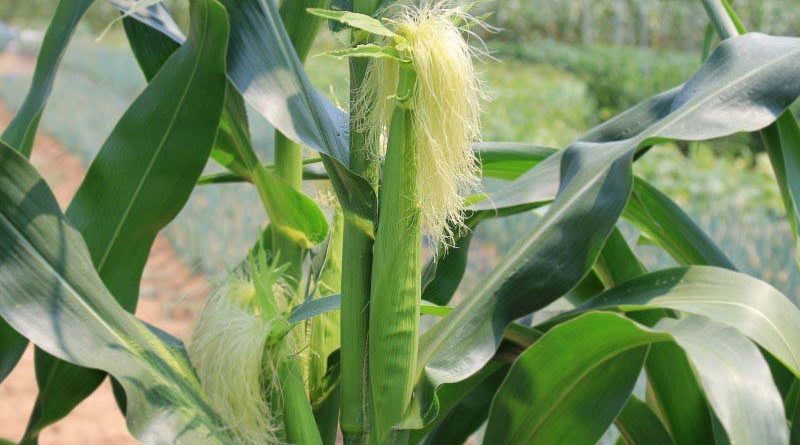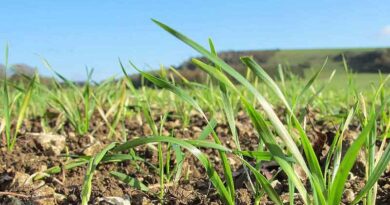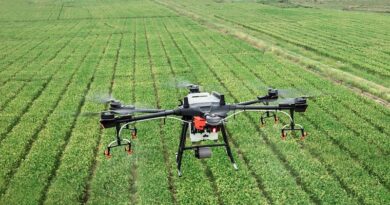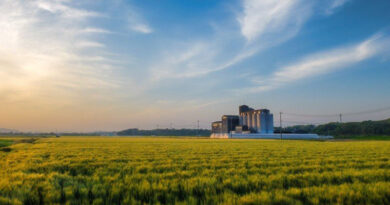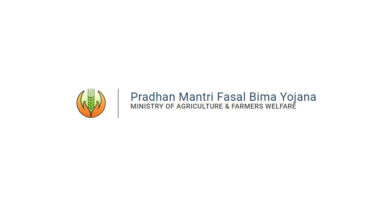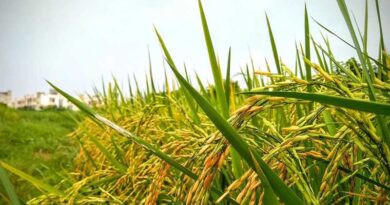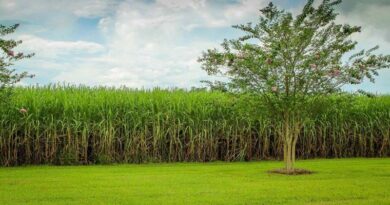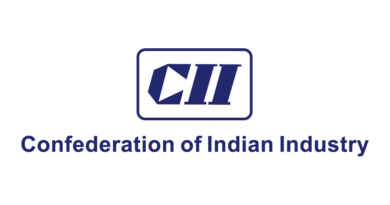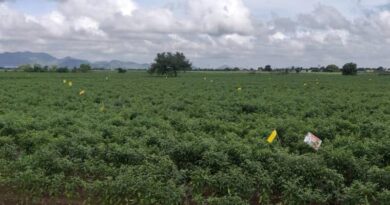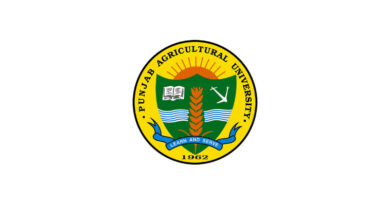Haryana farmers under crop diversification scheme will not pay insurance premium
21 July 2020, Chandigarh: Cotton growers in Haryana who enroll under both the crop insurance scheme ‘Pradhan Mantri Fasal Bima Yojana’ (PMFBY) and crop diversification scheme ‘Mera Pani – Meri Virasat’, need not worry about any increase in premium rates, as the State Government will bear 100 per cent of the cost of insuring alternate crops.
Read: Punjab looking for investments from Japan for Agro Processing Sector
While stating this here today, Additional Chief Secretary, Agriculture and Farmers’ Welfare Department, Mr. Sanjeev Kaushal, said that following the revamp of the Central Government’s crop insurance scheme, farmers would have to pay two per cent of sum insured for Kharif, 1.5 per cent of sum insured for Rabi, and five per cent for cotton, which is a commercial and annual crop.
However, farmers who opt to cultivate alternate crops, including cotton, under the State’s crop diversification scheme would not have to pay any insurance premium on such crops. The State Government would also bear 100 per cent of premium share of maize crop in eight blocks in five districts.
Read: Enrolment under PMFBY for Kharif 2020 season till 31st July 2020
Mr. Kaushal said that farmers in the State have received more money in claims than the premium paid collectively by them and the Central and State governments under PMFBY in the past three years. Farmers had received Rs. 2,097.93 crore in claims, as compared to Rs. 1,672.03 crore paid as premium between Kharif 2016 and Rabi 2018-19.
Moreover, farmers in Haryana have paid the least and claimed the most as compared to neighbours Rajasthan and Uttar Pradesh where Rs. 8,501.31 crore and Rs. 4,085.71 crore were paid as premium, and Rs. 6,110.77 crore and Rs. 1,392.6 crore were received as claims, respectively. At the national level, an amount of Rs. 76,154 crore was paid as premium collectively by the farmers, Central Government and State Government, but farmers received claims amounting to Rs. 55,617 crore.
Read: Locust control operations crosses 3 lakh hectares
As many as 49,78,226 farmers in the State were covered under the scheme between Kharif 2016 and Kharif 2019. Total premium of Rs. 2,524.98 crore was paid during this period, of which farmers paid Rs. 812.31 crore, the State Government paid Rs. 996.01 crore and Central Government paid Rs. 716.66 crore. In comparison, the farmers received Rs. 2,662.44 crore as claims.
Allaying the fears of farmers, he said that the changes made to the crop insurance scheme earlier this year would prove to be beneficial to them, as the scheme has been made voluntary for farmers with crop loans as well. Apart from this, contract period for insurers has been extended to three years from one year, and insuring for single peril has been allowed. This means that farmers can choose which risk factors they wish to insure their crops against, instead of paying for the more expensive multi-peril cover which included factors that might be a rarity in that particular region.
He said that when the scheme was launched in Haryana in 2016, Kharif crops including paddy, bajra, maize and cotton, and Rabi crops namely wheat, mustard, gram and barley were covered. Sunflower was also covered under the scheme Rabi 2018-19 onwards.
Giving details of measures taken by the Haryana Government for the implementation of PMFBY in the State, he said that the Agriculture and Farmers’ Welfare Department had established a State Level Grievance Committee to sort out the pending grievances at fast track level. The Department has also provided one project officer and one surveyor in each district exclusively to handle the scheme-related work.
A centralized call centre was established in the Directorate with a 22-seat call centre (one for each district). The Department also created Management Information System (MIS) for localised claim intimations and timely assessment and settlement of localised claims. In 2019-20, target was set to enroll one lakh non-loanees, including 30,000 in each of the three clusters.
Photo on Visual Hunt

